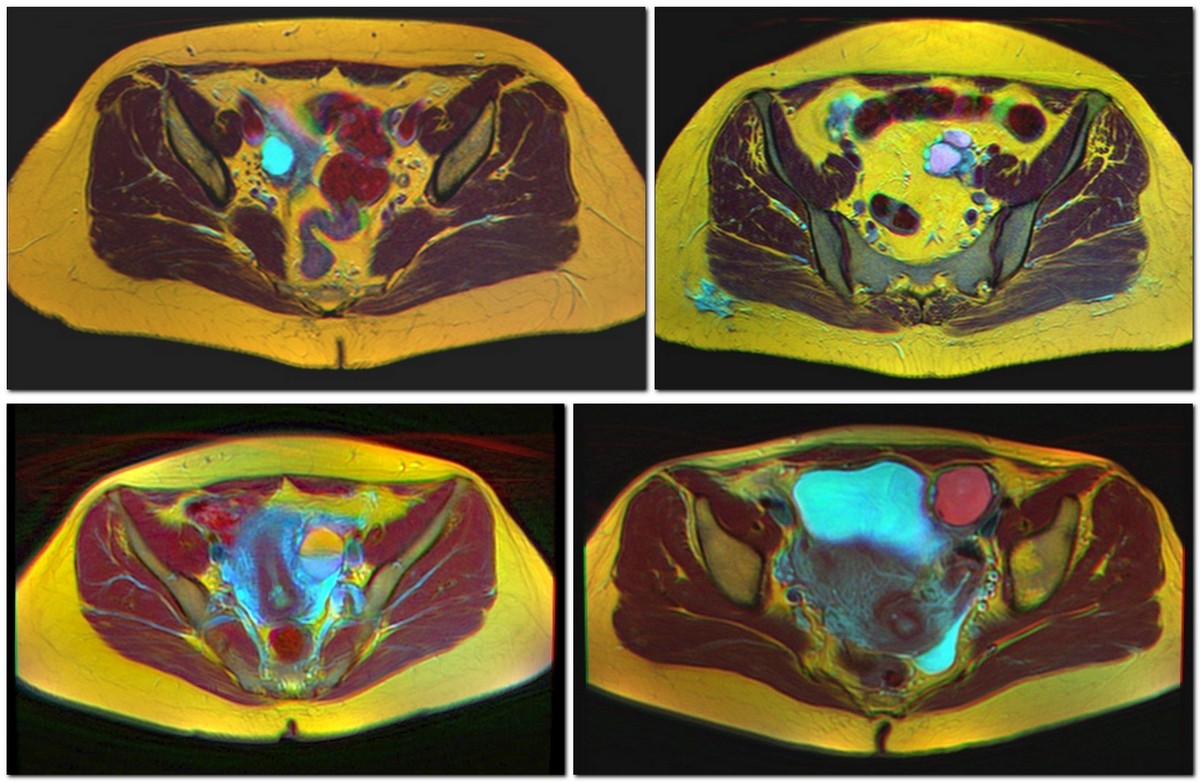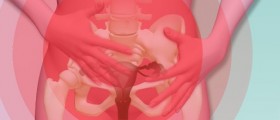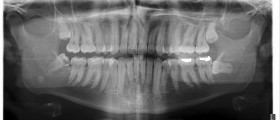Introduction
Ovarian cysts can form in many women during their reproductive period. Some women are not even aware of their presence. The majority of cysts tend to resolve on their own. However, in certain cases, the cysts can continue growing and eventually end up with the rupture. The very act of rupture does not have to be so painful and serious. Still both intact cysts as well as ruptured ones carry a risk of additional complications. So the rupture of the cyst is actually only one of the potential complications of all that are connected to the cyst formation in the first place.

Complications of Ruptured Ovarian Cysts
Ovarian cysts are prone to twisting. Twisting may be the cause of the rupture. Furthermore the cyst may contain specific fluid and after the rupture this fluid can get into the peritoneal cavity and lead to the inflammation of the peritoneum. Sometimes the cyst contains blood and after the rupture the hematoperitoneum develops. Patients who have experienced the rupture of ovarian cysts can end up with chronic pain in pelvis.
The size of the cyst determinates whether it will twist or not. In general, those cysts that are larger than 4 cm in diameter will possibly cause the twisting of the ovary. Twisting also occurs more if there is additional ovarian tumor present. Twisting or torsion is relatively dangerous conditions as it might cut the blood supply to the ovary and lead to ovarian necrosis. The torsion is serious condition and is always treated surgically.
The bleeding after the rupture is another possible and rather serious complication of having ovarian cysts. The amount of blood varies from case to case and the blood in the peritoneum increases the chance of secondary infection. The surgeon must find the exact spot of bleeding and stop the bleeding as soon as possible.
Peritonitis or the inflammation of the abdominal membrane that surrounds the abdominal organs is common complication after the rupture of an ovarian cyst. Peritonitis is cause either by the leakage of the fluid that is present in the cyst or by the blood that has been released after the rupture of the cyst. The secondary infection can happen in both of these situations.
After the rupture the new fibroid tissue is formed and the scar is forming and maturing. The consequence of scaring are adhesions where the fibrous tissue connects organs that are normally separated. This can result in decreased fertility as the adhesions may affect ovaries or fallopian tubes impeding in the very process of fertilization.

















Your thoughts on this
Loading...